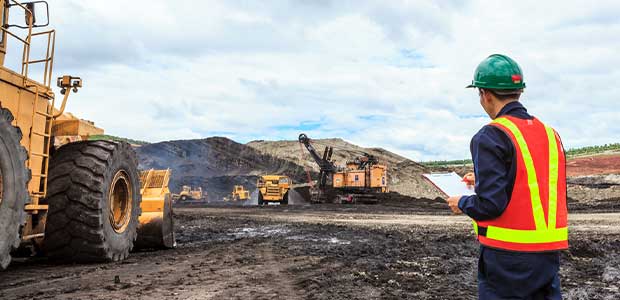
Mining operations produce vast amounts of waste material known as mine tailings. These tailings are typically stored in large impoundments or ponds near the mine site. Historically, mine tailings management has been seen as a waste product that poses significant environmental risks, including contamination of water sources and land degradation. However, innovative approaches are now being developed to turn mine tailings from a liability into a valuable resource.
Challenges in Mine Tailings Management
Environmental Impact
- Contamination of water sources
- Land degradation
- Release of toxic substances
Cost and Liabilities
- Ongoing maintenance of tailings storage facilities
- Long-term monitoring and remediation costs
- Regulatory compliance requirements
Innovative Approaches to Mine Tailings Management
1. Tailings Reprocessing
Instead of storing tailings in ponds, some mining companies are exploring the option of reprocessing them to extract valuable metals and minerals. This not only reduces the environmental footprint of mining operations but also allows for the recovery of additional resources.
2. Dry Stack Tailings
Dry stack tailings involve mechanically dewatering the tailings and stacking them in a controlled manner. This method reduces the risk of water contamination and eliminates the need for large tailings ponds. It also allows for the rehabilitation of the land for other uses once the mine reaches the end of its life.
3. Geopolymerization
Geopolymerization is a process that involves turning mine tailings into a construction material known as geopolymer. This not only provides a sustainable solution for managing tailings but also reduces the demand for traditional building materials such as cement, which has a high carbon footprint.
4. Vegetation Cover
Planting vegetation on top of tailings facilities can help stabilize the soil, prevent erosion, and improve the overall aesthetics of the site. Certain plant species can also help absorb contaminants and improve water quality in the surrounding areas.
Benefits of Sustainable Mine Tailings Management
Environmental Benefits
- Reduced water contamination
- Improved land rehabilitation
- Lower carbon footprint
Social Benefits
- Enhanced community relations
- Job creation in reprocessing and rehabilitation activities
- Protection of local ecosystems and biodiversity
Economic Benefits
- Additional revenue from reprocessing tailings
- Cost savings on long-term maintenance and monitoring
- Potential for new business opportunities in tailings management technologies
Conclusion
Turning mine tailings from a waste product into a resource not only benefits the environment but also creates opportunities for innovation and sustainable development in the mining industry. By implementing the latest technologies and practices in tailings management, mining companies can minimize their impact on the environment, reduce costs, and enhance their social license to operate.
